Africa
Africa
Africa is widely regarded as the birthplace of coffee — with Ethiopia at its heart — the place where coffee's journey across the globe first began. The continent is home to some of the world’s most distinctive, expressive, and complex cup profiles in the specialty coffee landscape. From Ethiopia’s wild, natural forests to the volcanic slopes of Kenya and the fragrant farms of Rwanda and Burundi, Africa is an invaluable chapter in the story of coffee.
Here, production is rooted almost entirely in manual labor, smallholder farming, and traditional practices that honor both people and the environment. While washed and natural processing is dominant, experimental techniques and anaerobic methods are increasingly gaining ground.
Africa offers not only exceptional coffees but also a profound cultural and agricultural heritage — reflected in every cup. In this region, coffee is more than a crop: it’s a way of life, a tool for development, and a vital part of local identity.
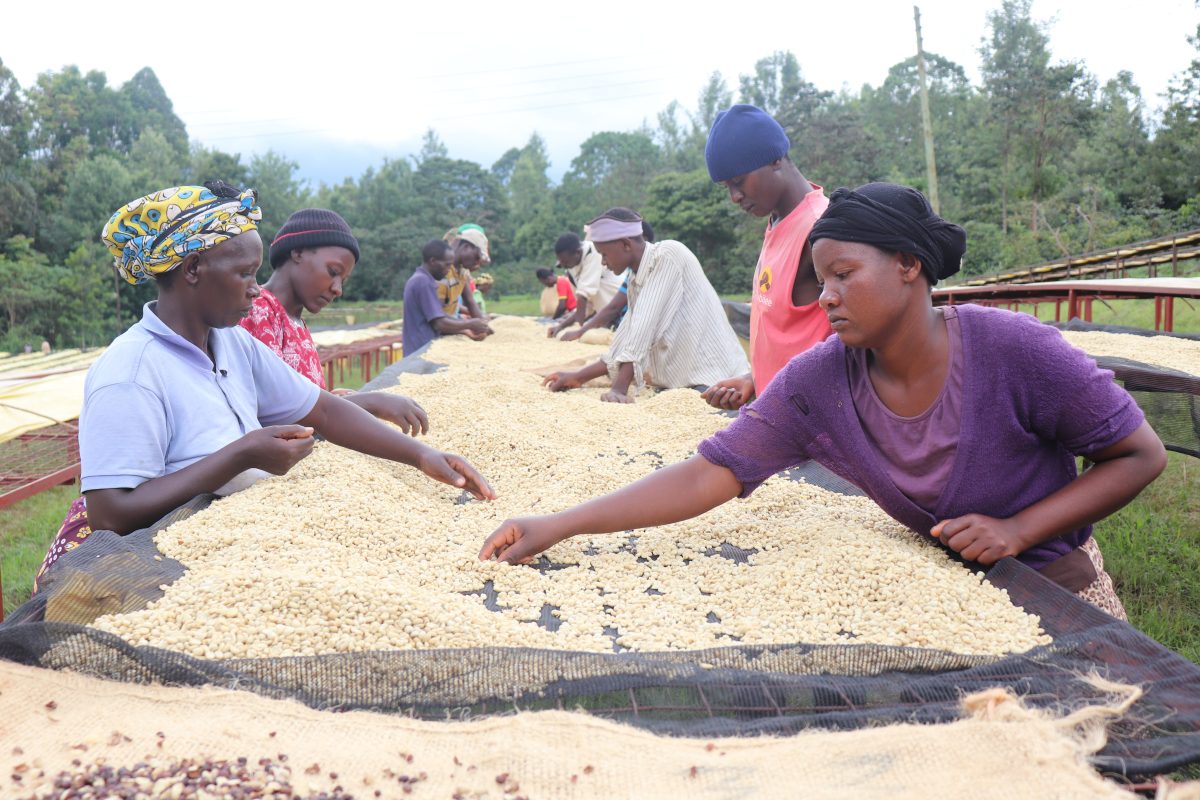
Ethiopia
Global Production Rank: #5–6
Average Annual Production: ~7,200,000 bags (60 kg each)
Cultivated Area: ~500,000 hectares
Processing Methods: Primarily Washed and Natural
Arabica Share: 100% — mostly wild and indigenous varieties
Grading System
Coffee is classified based on:
- Processing method (Washed vs Natural)
- Grade (1–5), determined by cup clarity, number of defects, and overall quality
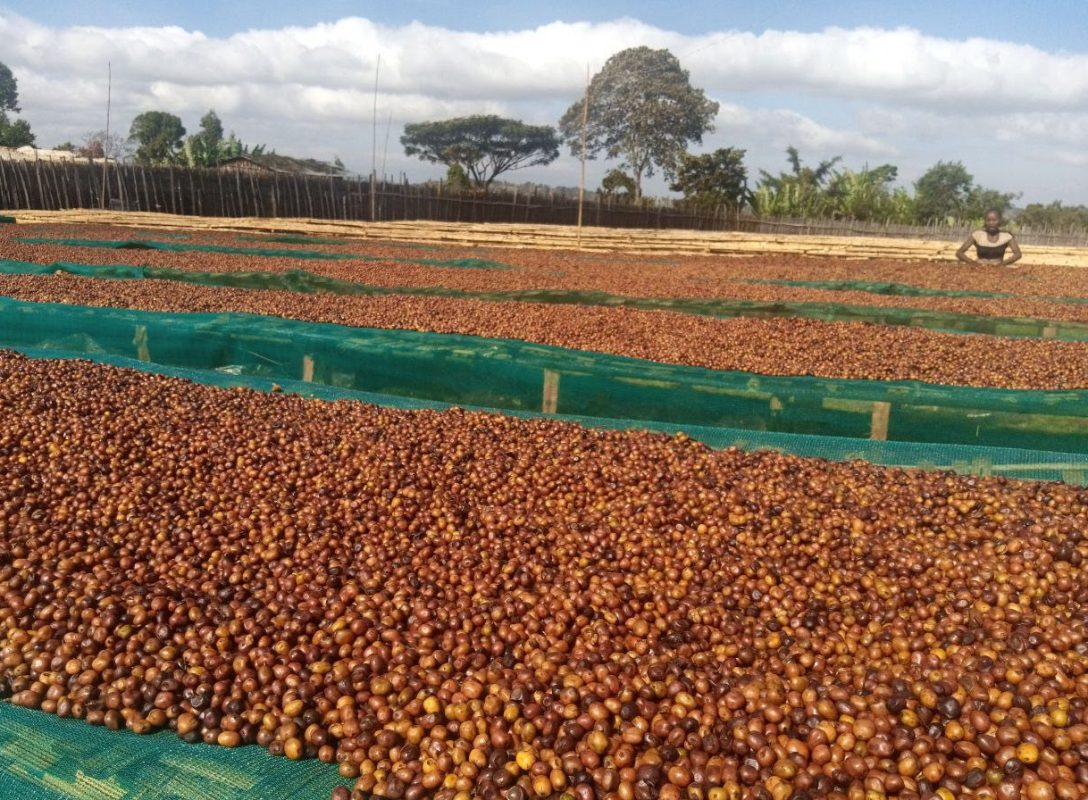
Main Varieties
Heirloom (wild and native landraces), Gesha (very limited), 74110, 74112, 74158, and other traditional cultivars developed by the Jimma Agricultural Research Center
Key Producing Regions
Yirgacheffe ,Sidama ,Guji ,Harrar ,Limu ,Jimma
Harvest
- Season: October – February (varies by region and altitude)
- Method: 100% hand-picked, with traditional sorting at wet and dry mills
Unique Characteristics
- Birthplace of Arabica coffee and home to thousands of wild and indigenous coffee varieties
- Unparalleled genetic diversity — over 10,000 unique local landraces
- The ECX (Ethiopia Commodity Exchange) system transformed how coffee is traded, though direct trade and traceable microlots are increasingly common
- Cultural heritage: Ethiopia’s coffee ceremony is both a daily ritual and a recognized cultural treasure
- Most producers are smallholders, often part of cooperatives supported by sustainability and quality-focused organizations
Kenya
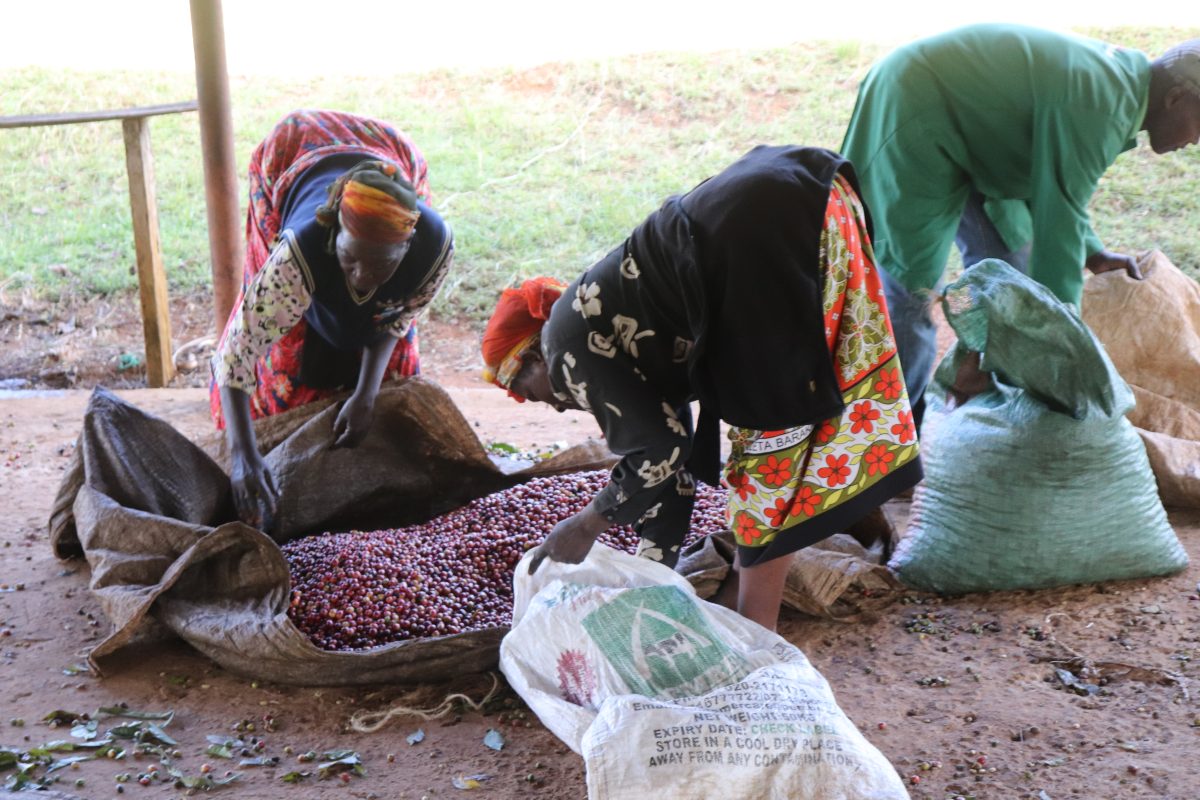
Global Production Rank: #17–20
Average Annual Production: ~750,000–850,000 bags (60 kg each)
Cultivated Area: ~160,000 hectares
Processing Methods: Primarily Washed with double fermentation; limited use of Natural and experimental methods
Arabica Share: 100%
Grading System
Kenya classifies coffee by bean size:
- AA: Screen size 17/18
- AB: Screen size 15/16
- PB (Peaberry): Single, round bean
- C, E: Smaller or extra-large/secondary grades
Main Varieties
SL28, SL34, Ruiru 11, Batian, K7
Key Producing Regions
Nyeri ,Kirinyaga ,Murang’a ,Embu ,Kiambu
Harvest
- Main season: October – December
- Secondary (fly crop): May – July
- Method: Hand-picked, with strict selective harvesting
Unique Characteristics
- Famous for its double fermentation washed process
- Renowned for high cup complexity: pronounced acidity, fruit-forward profiles, full body
- Most farms are very small (<1 hectare) and organized into cooperatives
Burundi
Global Production Rank: #30–35
Average Annual Production: ~180,000–200,000 bags (60 kg each)
Cultivated Area: ~60,000 hectares
Processing Methods: Primarily Washed, with growing use of Natural and Honey processes
Arabica Share: >99%
Grading System
Burundi follows the East African grading system, based on:
- Screen size (AA, A, B, PB, etc.)
- Cup quality, determined through wet mill-based cupping and defect grading
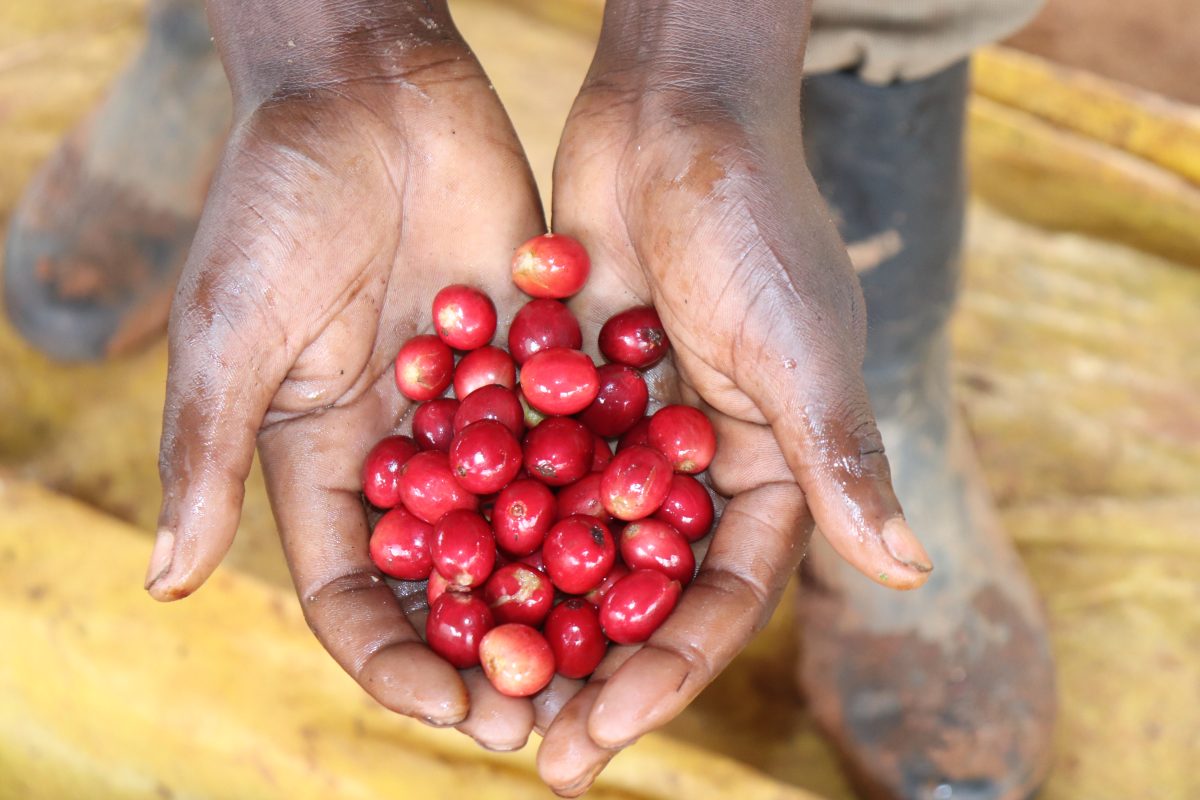
Main Varieties
Bourbon (Red, Jackson, Mibirizi), Typica (limited cultivation)
Key Producing Regions
Ngozi ,Kayanza ,Kirundo ,Gitega ,Muyinga
Harvest
- Season: April – July
- Method: 100% hand-picked, with strong emphasis on selective harvesting
Unique Characteristics
- Strong cooperative culture and reliance on smallholder farmers (over 600,000 producers)
- High elevations and rich volcanic soils contribute to cup quality
- Strict quality control via washing stations and cupping-based grading
- Many farms produce microlots with high cupping scores
Rwanda
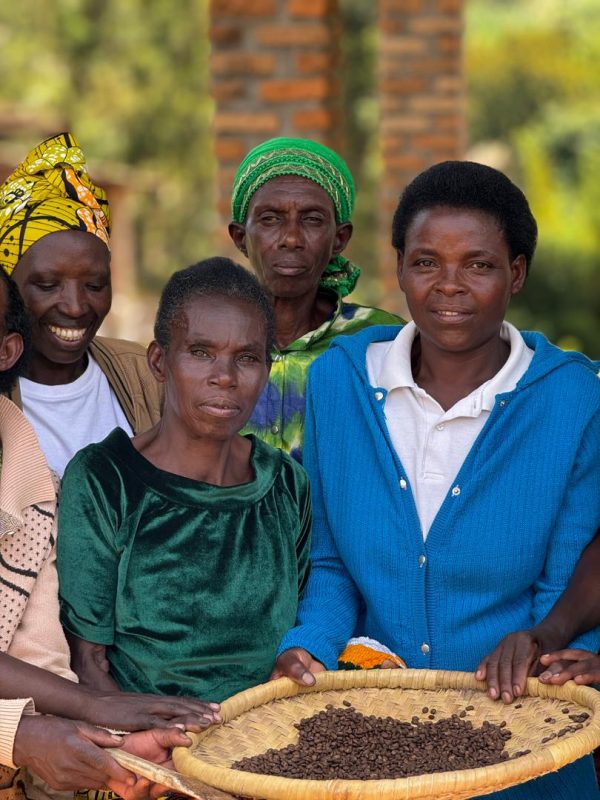
Global Production Rank: #30–35
Average Annual Production: ~250,000–300,000 bags (60 kg each)
Cultivated Area: ~42,000 hectares
Processing Methods: Primarily Washed, with growing use of Natural processing
Arabica Share: 100% (mostly Bourbon)
Grading System
Rwanda grades its coffee based on:
- Screen size (AA, A, B, PB)
- Cupping score and cup clarity
Main Varieties
Red Bourbon (predominantly), with limited presence of Jackson and Mibirizi
Key Producing Regions
Nyamasheke ,Nyamagabe ,Gakenke ,Rutsiro ,Huye
Harvest
- Season: March – June
- Method: Hand-picked with strict cherry selection
Unique Characteristics
- Exceptionally high elevations and volcanic soils enhance acidity and flavor complexity
- Strong cooperative system and government support for full traceability
- Growth in experimental processing and notable female participation in coffee production
Tanzania
Global Production Rank: #17–20
Average Annual Production: ~900,000–1,000,000 bags (60 kg each)
Cultivated Area: ~265,000 hectares
Processing Methods: Primarily Washed, with increasing use of Honey and Natural processing in microlots
Arabica Share: ~70% | Robusta: ~30%
Grading System
Tanzania classifies coffee by bean size, similar to Kenya:
- AA, AB, PB (Peaberry), C, E

Main Varieties
Bourbon, Kent, SL28, N39, Typica, Blue Mountain (local strains)
Key Producing Regions
Kilimanjaro ,Arusha ,Mbeya ,Mbinga ,Bukoba
Harvest
- Arabica: June – October (main season)
- Robusta: April – July
- Method: Hand-picked, mostly from smallholder farms
Unique Characteristics
- Strong microlot presence with cup scores >86, especially from Kilimanjaro and Mbeya
- Rich volcanic soils and high elevations enhance flavor clarity
- Known for producing some of the world’s best Peaberry coffees
- Active participation in international auctions and growing direct trade market
- Ongoing smallholder support programs and gender-inclusive partnerships
Uganda
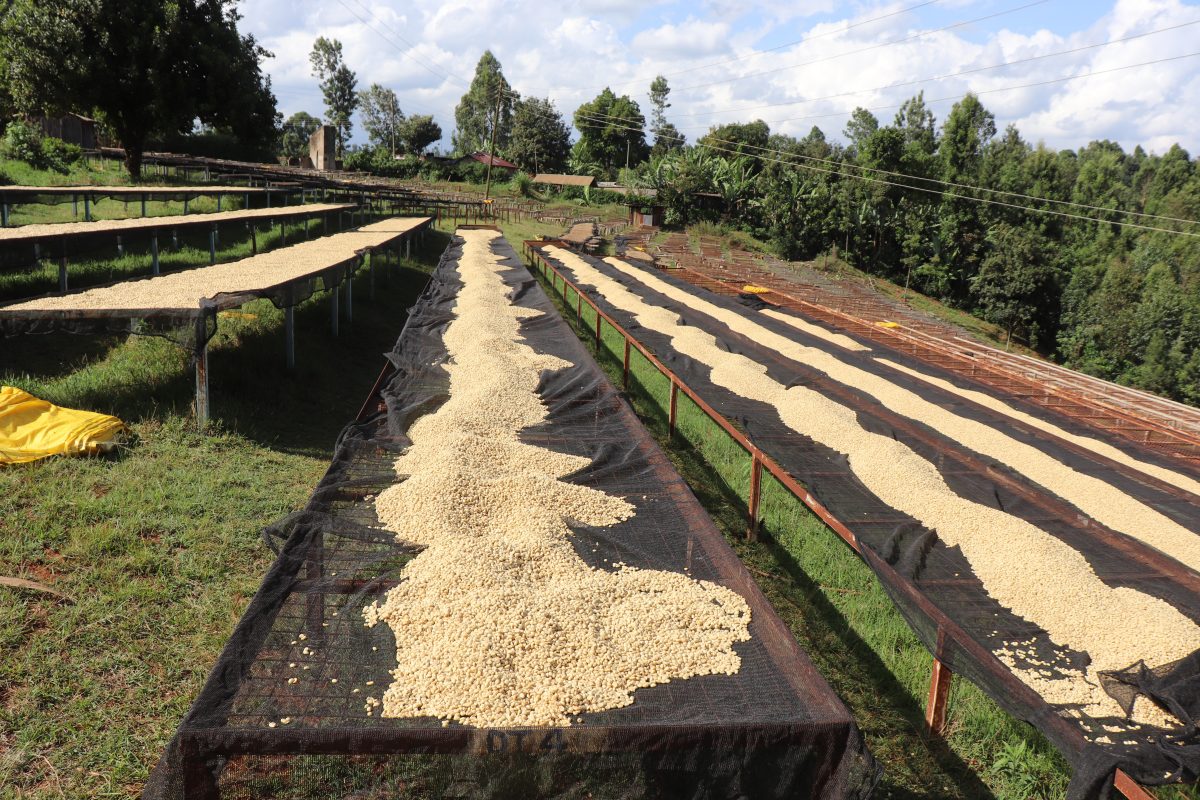
Global Production Rank: #7–8
Average Annual Production: ~5,800,000 bags (60 kg each)
Cultivated Area: ~560,000 hectares
Processing Methods: Primarily Natural (Robusta), Washed (Arabica), with growing use of Honey and Anaerobic for specialty coffee
Robusta Share: ~80% | Arabica: ~20%
Grading System
Coffee in Uganda is classified based on:
- Type (Robusta / Arabica)
- Origin / Region
- Bean size
- Cup score
The Uganda Coffee Development Authority (UCDA) implements national quality standards.
Main Varieties
Robusta (indigenous), SL14, SL28, Nyasaland, KP423, Bugisu Arabica
Key Producing Regions
Mount Elgon (Bugisu) ,Rwenzori ,West Nile ,Central Uganda (Robusta) ,Southwestern Uganda (Robusta)
Harvest
- Arabica: September – February
- Robusta: November – June (main season)
- Method: Hand-picked, with increasing selective harvesting for specialty Arabica
Unique Characteristics
- Indigenous origin of Robusta with high genetic diversity and resilience
- Strong cooperative networks and support from UCDA for quality enhancement
- Expanding specialty segment with traceable microlots from Bugisu and Rwenzori
- Rich biodiversity, ideal soils, and microclimates for high-quality coffee
- Ongoing investments in processing infrastructure and traceability systems through public-private partnerships
